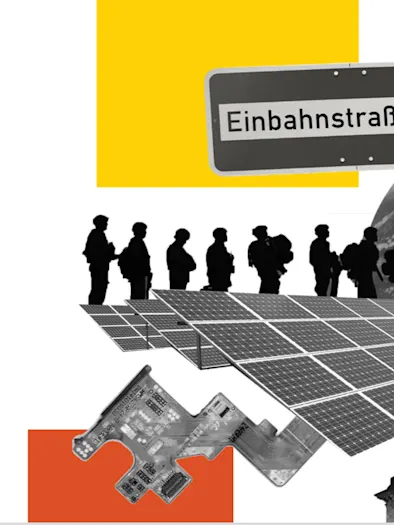
US-China Anchorage Meeting
18th – 19th March 2021
Key takeaways:
The two-day meeting in Anchorage, Alaska was the first high level exchange between the U.S. and China under the new U.S. administration, coming after years of rocky relations. It is a meeting the U.S. side delayed until it could reach the outlines of a common strategy with allies — Japan, South Korea, India, Australia and Europe.
On the Chinese side, the meeting in Anchorage provided the opportunity for a first demonstration of Beijing’s determination to stand up to the new U.S. administration, while the Biden administration is (so far) sounding a lot tougher on China than many expected.
The summit won’t be the reset Beijing hoped for, but despite the heated public rhetoric and the fact the talks appeared to yield no diplomatic breakthroughs, US officials said the subsequent talks behind closed doors had been “substantive, serious and direct“
Attendees:
Participants on both sides were seasoned and trusted advisors to their respective leaders. Chinese Communist Party foreign affairs chief Yang Jiechi, and Foreign Minister Wang Yi are veteran diplomats. Yang is a former ambassador to Washington and ex-foreign minister with close personal relationships to the Bush family, who has been dealing with China-U.S. affairs for nearly 40 years.
Secretary of State Antony Blinken has worked with Biden since 2002, when Biden was chairman of the Senate Foreign Relations Committee. He served as Deputy National Security Advisor and Deputy Secretary of State from under President Obama. National Security Adviser Jake Sullivan is former diplomat who served as then-Vice President Biden’s national security adviser.
Purpose:
Three working sessions over two days to take the measure of each other’s priorities.
Both sides tested whether it is possible to get real results from these dialogues and find opportunities to work together.
Why does it matter?
The Biden administration’s strategy directly repudiates the prevailing view that deep economic interdependence could be relied on to control conflicts on issues like China’s military buildup, its territorial ambitions and human rights. It will focus on the technological challenges presented by China, the threat of continuing cyberattacks, and new forms of military competition. To do this, President Biden is revitalizing relations with U.S. allies to confront China. The U.S. administration has made clear that the priority of its foreign policy would be on shoring up America’s allies in the Indo-Pacific, while Sullivan spoke to his British, French and German counterparts ahead of the Anchorage meeting.
An indirect result of this U.S. reengagement with allies on China seems to be new EU sanctions imposed by Brussels over the persecution of Uyghurs in Xinjiang. EU foreign ministers agreed on 22nd March to sanction four Chinese individuals and one entity over human rights violations targeting Uyghurs. However, the list conspicuously avoided targeting the top Communist Party boss in Xinjiang, Chen Quanguo, who was hit by U.S. measures last year.
Secretary of State Blinken indicated that while both governments “are fundamentally at odds” on issues such as Hong Kong and cyberattacks, interests intersect on Iran, North Korea, Afghanistan and climate change. China’s cooperation is seen as essential in combating climate change, as it is the only country that emits more carbon dioxide than the United States.
Where to from there?
The talks appeared to yield no diplomatic breakthroughs – as expected – and the bitter rivalry on display suggested the two countries had little common ground to reset relations.
However, the private conversations that followed the public positioning were said to be substantive and serious. Areas not foreseen for cooperation and of importance to the U.S. (Iran, North Korea, Afghanistan) may hold possibilities for positive engagement.
On climate change, we can expect an interesting trade-off, with Beijing trying to use its cooperation on climate as a bargaining chip in other arenas. Washington will try to resist, arguing that avoiding a climate catastrophe is in the fundamental interests of both nations. While Chinese media Xinhua reported that both sides had set up a dialogue on climate change, the U.S. State Department stated that while the climate crisis had been discussed, no formal working group had been agreed. Climate was one of the few issues where both parties had convergence, but geopolitical and trade tensions make an early breakthrough on a deal to cut emissions more difficult.
The Biden administration’s public commitment to multilateralism and to working with allies seems to be supported by facts when looking at the lead up to the Anchorage meeting. Washington refused to engage directly with Beijing before having reached out to all Quadrilateral Security Dialogue (Quad) countries – Australia, India, Japan – and the E3 (France, Germany, UK).
This return to normalcy after four years of Trump administration and its unorthodox approach to U.S. foreign policy may make Europeans uncomfortable, forcing them to choose between alignment with Beijing or Washington on several issues.







